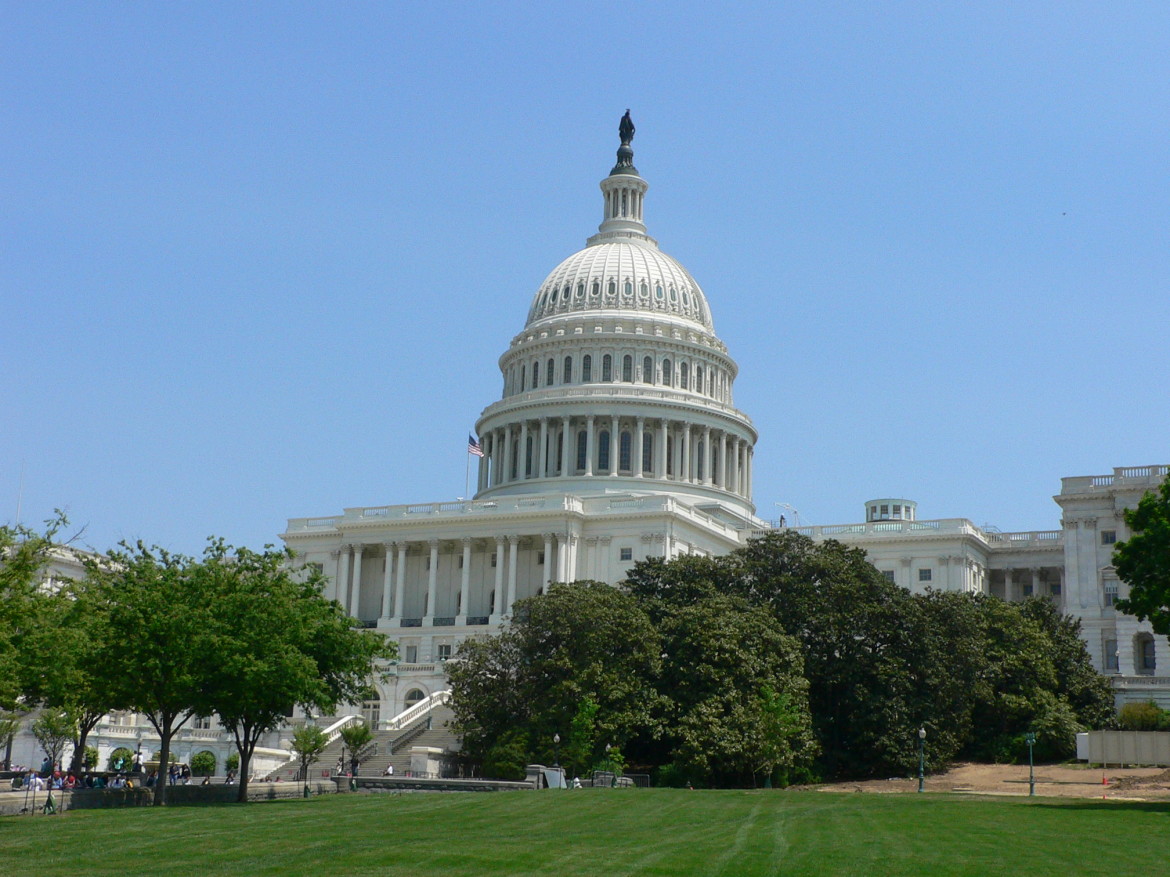 Unless the U.S. Congress agrees on a different budget by the end of this year, stopping a so-called “sequestration” budget, federal spending on juvenile justice programs will fall by around 8 percent.
Unless the U.S. Congress agrees on a different budget by the end of this year, stopping a so-called “sequestration” budget, federal spending on juvenile justice programs will fall by around 8 percent.
A total $21 million would be sliced out of Juvenile Justice Programs under the federal Department of Justice alone, according to the White House Office of Management and Budget’s report on sequestration. Other spending that has some effect on juvenile welfare, such as state grants from the federal Administration for Children and Families, are also in line for cuts of around 8 percent.
“We are kind of bracing ourselves,” said Kimberly Williams, juvenile justice specialist at the North Carolina Governor’s Crime Commission.
“Last year we had only about $1.5 million in juvenile justice funding to allocate across the whole state. And we received about $10 million in requests,” she explained, adding that they are anticipating another 7 percent cut under sequestration.
In North Carolina, those funds cover things like programs for gang-involved youth, mentoring, after-school programs and monitoring and compliance. “We have to turn away a lot of good programs,” said Williams. If the cuts come, they will likely have to turn away more.
It will be the same in other states. All have some flexibility on how they spend federal juvenile justice dollars. But their priorities and grants may change from year to year, making it difficult to know what exactly post-sequestration state spending would look like.
The sequestration level of cuts may threaten the states’ ability to comply with the Juvenile Justice Delinquency Prevention Act, charged Benjamin Chambers at the National Juvenile Justice Network.
That Act generally requires that court-involved youth be detained separately from adults, that states address disproportionate minority contact and that juveniles who commit status offenses like curfew violations stay out of jail.
Chambers called the Act “fundamental” to good policy for youth in the justice system. The more a state’s policy mirrors federal requirements, the more juvenile justice grant money flows down to the state. Indeed, North Carolina is recovering from compliance issues that had already shrunk its federal funds.
But “even at current levels, there's been concern about states dropping compliance with the Act because they don't get enough funding to make it feasible; more cuts will probably tip that balance,” said Chambers. After years of cuts already, “we're already pretty close to that point,” of states abandoning JJDPA, he argued.
